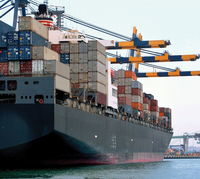Container Shipyard
Docker is an economical alternative to conventional virtualization. Because each Docker containers share the underlying operating system, it enjoys the resource isolation and allocation benefits of VMs but is much more portable and efficient.







